Things to do in Gothic
There are many exciting things to do in Gothic, Colorado, from hiking scenic trails to exploring the area’s rich history. History buffs, science aficionados and outdoor lovers can find something to pique their interest in Gothic. This historic townsite was once a bustling mining town. Today, it provides access to world-class Colorado outdoor recreation and is home to the Rocky Mountain Biological Laboratory (RMBL). Gothic is just up the road from Crested Butte and Crested Butte Mountain Resort.
Things to do in Gothic
- Tour Rocky Mountain Biological Laboratory
- Hiking
- Mountain biking
- Take a scenic drive
- Gravel biking
What is Gothic like?
The small size and historic buildings might make it seem like a ghost town, but Gothic is alive with scientists and visitors in the summer. Many of the buildings have been around since the mining days of the late 1800s. This small collection of rustic buildings and cabins sits in a valley surrounded by looming mountain peaks. It’s not hard to imagine the area bustling with miners instead of scientists.
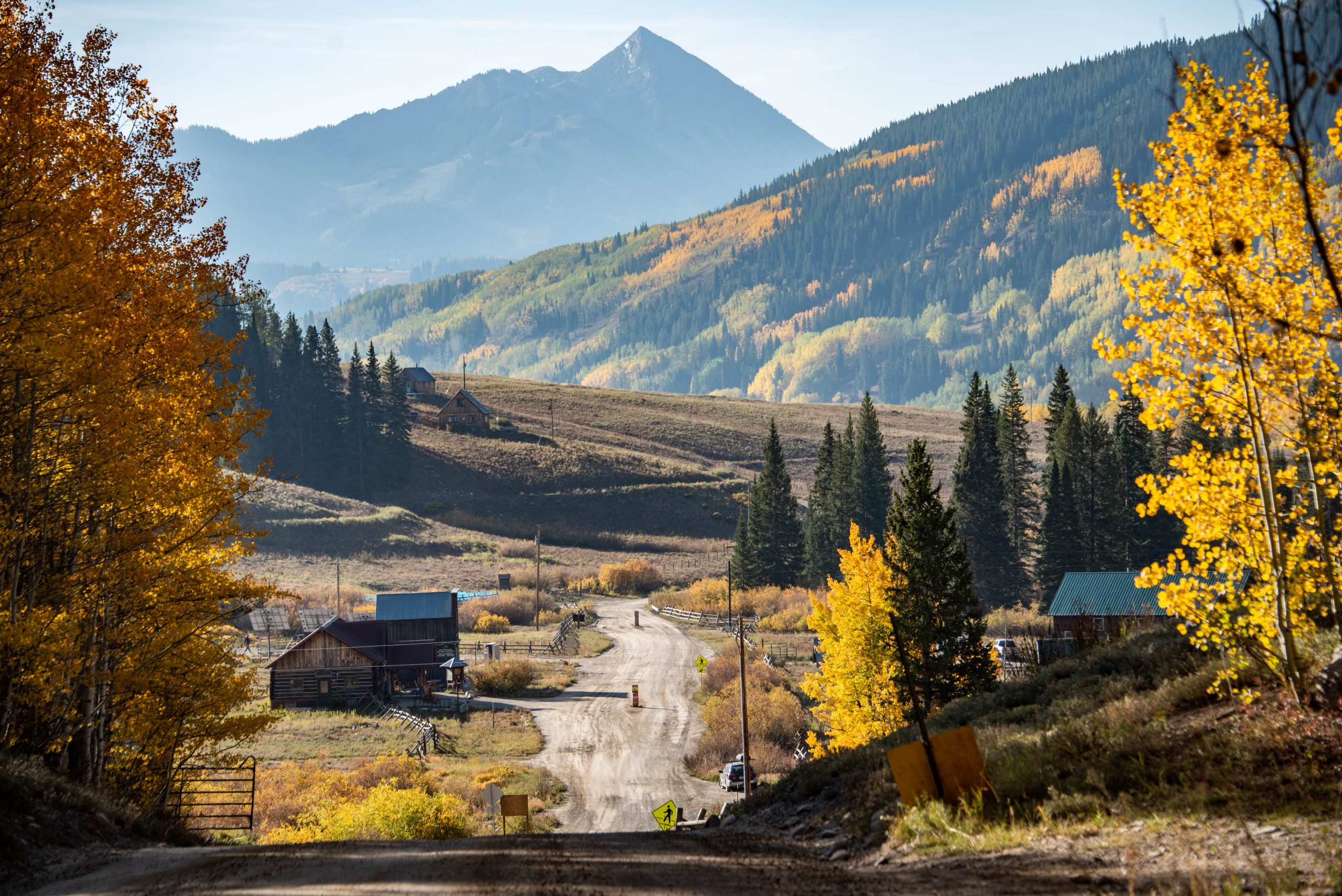
Where is Gothic?
Gothic, Colorado is eight miles north of Crested Butte and three miles north of Mt. Crested Butte. It sits at an elevation of 9,485 feet. Nearby peaks include Gothic Mountain, Crested Butte Mountain, Avery Peak and Snodgrass Mountain. Gothic is in the Gunnison National Forest. You can also access the Maroon Bells-Snowmass National Forest and White River National Forest from Gothic.
History of Gothic
Miners discovered silver, gems and minerals in Gothic in the late 1870s. They mined ‘wire-silver’ most commonly. Around 1,000 people had settled in Gothic by the late 1880s. The town was abandoned in 1914 when the silver market declined. Rocky Mountain Biological Laboratory was founded in 1928.
What is Rocky Mountain Biological Laboratory?
Rocky Mountain Biological Laboratory is a field station where scientists research high-altitude atmospheres and environments. It hosts one of the largest annual migrations of scientists every year. Research has been conducted on soil, marmots, the atmosphere and more. Rocky Mountain Biological Laboratory is often shortened to RMBL, pronounced like “rumble.”
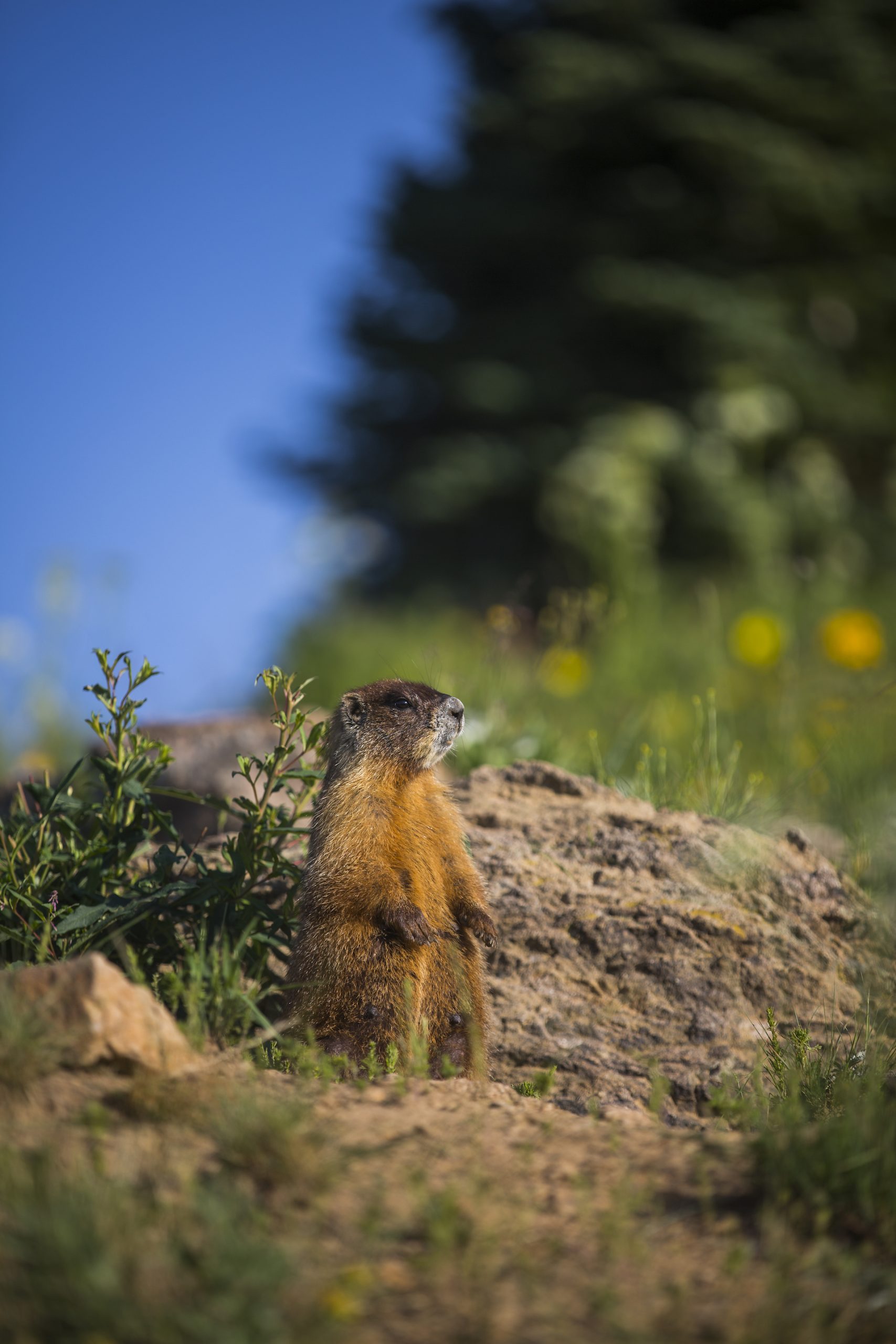
Projects at Rocky Mountain Biological Laboratory
Most of the projects at RMBL are related to high-altitude environments and atmospheres. One project studied how climate change affects insect pollinators. Rocky Mountain Biological Laboratory is also partnered with Colorado Parks and Wildlife to help reintroduce and manage gray wolves in Colorado. One of Rocky Mountain Biological Laboratory’s longest—and cutest—studies is the Marmot Project. This long-term study helps researchers learn things like how mammals respond to climate change and if animals benefit from being social. Follow along on Instagram @rmblmarmotproject.
Tours of Rocky Mountain Biological Laboratory
Learn more about the townsite of Gothic and what Rocky Mountain Biological Laboratory does on a tour. See science in action with a guide from the Visitor Center. A tour also covers the mining history of Gothic. See historic mining sites and learn about what life was like when Gothic was home to 1,000 people. Tours are given daily in the summer.
Programs at Rocky Mountain Biological Laboratory
Rocky Mountain Biological Laboratory hosts public programs such as lectures, science and nature camps, seminars, and more.
Douglass Distinguished Lecture
The Douglass Distinguished Lecture brings STEM professionals to Crested Butte to give talks on scientific topics. Past lecture titles include “Recent advances and unresolved questions on the biology of plant invasions” and “Do relatives make good neighbors? And other thoughts on biodiversity.” The lectures are hosted at the Center for the Arts and include a reception with refreshments and a Q&A.
Breeding Bird Survey
The Breeding Bird Survey is an annual volunteer event in June that collects data about breeding birds near Gothic. This is a fun event for experienced and novice birders who want to give back to the community. The data collected is invaluable research for the local environment.
Science programs at Rocky Mountain Biological Laboratory for kids
Give your child a unique and unforgettable experience by enrolling them in a summer science or nature camp. Students engage with the environment, learn about science, go on hikes in the area, assist with research and more. Rocky Mountain Biological Laboratory has camps for kids grades K-9. Programs for older kids are more research and academic-based.
When are the science camps at Rocky Mountain Biological Laboratory?
Science Camp and Nature Camp each have six sessions a summer. A session is four days. The first session begins in mid-June, and the last session concludes in early August. Kids can attend three of the six sessions.
Elementary Rocky Mountain Biological Laboratory programs
Elementary children are broken into K-2nd grade and 3rd-5th grade groups. The same group of kids are together for the entire session, allowing your student to make friends.
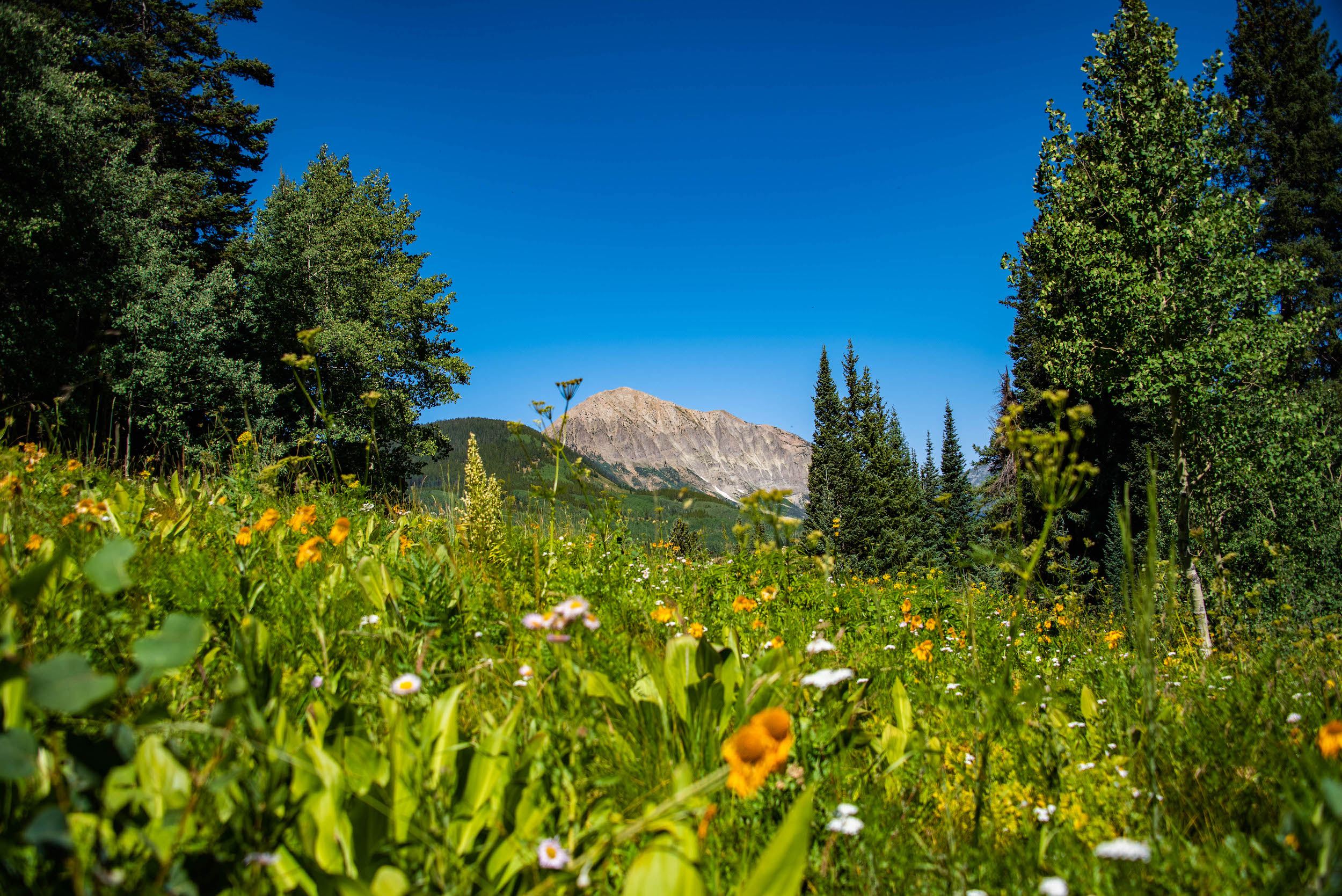
Rocky Mountain Biological Laboratory Nature Camp
K-2nd graders are immersed in nature and science through Nature Camp. Kids engage with the natural world through art, games, experiments, hikes and other hands-on activities. Past Nature Camp themes include Friends with Fur, Insect Investigators and Raindrops to Rivers.
Rocky Mountain Biological Laboratory Science Camp
3rd-5th graders learn about the practices and processes of science in Science Camp. This program is outdoor-based and travels throughout Gothic and trails on nearby public lands. Science Camp has more hiking and participation in field research than Nature Camp. Past Science Camp themes include Mountain Mysteries, Pollinator Palooza and Ecosystem All Stars.
When are the science programs at Rocky Mountain Biological Laboratory?
Middle schoolers, high schoolers and recent high school grads can spend their summer learning about science with a hands-on Rocky Mountain Biological Laboratory program. The middle school program has two sessions in July that are five days. The high school program is two weeks long in July and August.
Middle School Rocky Mountain Biological Laboratory Program
Project Eco-STEM is RMBL’s program for students in 6th-9th grade. Students in this program meet with professionals in STEM (Science, Technology, Engineering and Math) to learn about the type of work they do. Students can work as research assistants for a behind-the-scenes look at field science. They observe innovations, learn how to use science technology and get hands-on practice designing research projects. This program requires hiking and travel outside of Gothic.
High School Rocky Mountain Biological Laboratory Program
High school students and recent high school grads can earn high school and college credit with the Introduction to Field Biology course. This course teaches students the process of conducting biological research in the natural world. Students learn how to ask research questions and create and implement research projects. They also get experience using scientific equipment such as GIS, drying ovens, and GEOXT GPS.
Rocky Mountain Biological Laboratory interpretive hikes
Explore the public land in Gothic and learn about the environment on a guided interpretive hike. Rocky Mountain Biological Laboratory offers guided hikes wildflower hikes at Judd Falls, Snodgrass Mountain and the Gothic campus. These hikes are led by Visitor Center staff. Discussions on hikes include natural history, research and common wildflower names.
Rocky Mountain Biological Laboratory visitor center
The Rocky Mountain Biological Laboratory Visitor Center is one of the things to do in Gothic. Check out exhibits about the environment and Rocky Mountain Biological Laboratory research. Purchase a locally made souvenir and enjoy a treat or cup of coffee.
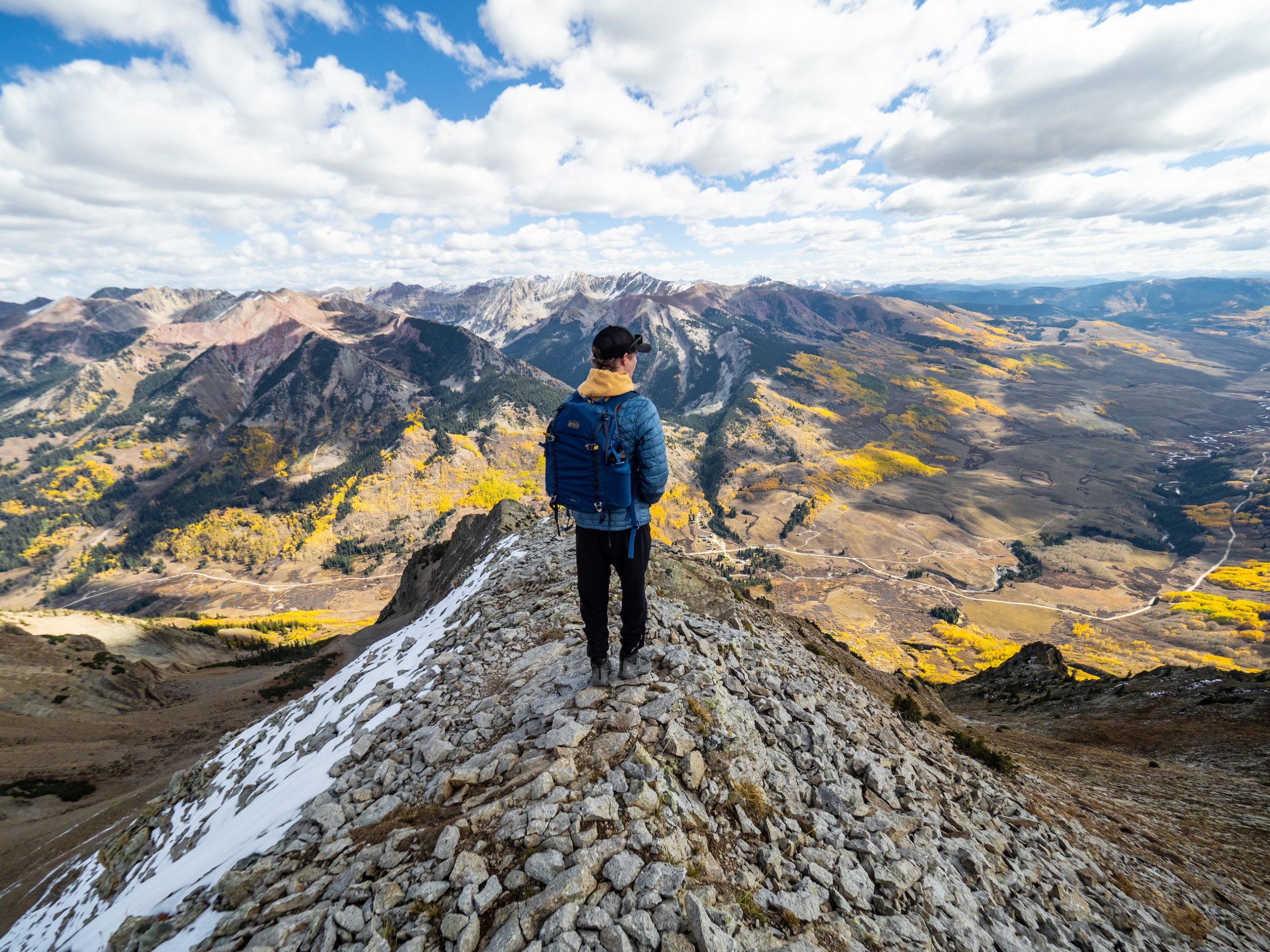
Other things to do in Gothic
Scenic drives near Gothic
Take a scenic drive through the beautiful, high-elevation zone north of Gothic. Paradise Divide Loop is just past Gothic. Enjoy views of tall mountain peaks, wildflowers, aspens and alpine lakes.
Paradise Divide Loop up Slate River Road
Start Paradise Divide Loop on Slate River Road. From downtown Crested Butte, head north on Gothic Road for 0.9 miles. Turn left on Forest Service Road 734 (Slate River Road). This road climbs to the top of Paradise Divide and connects to County Road 317 (Gothic/Schofield Pass Road). At the end of the drive, you’ll pass the townsite of Gothic and RMBL. High clearance is necessary for this drive.
Paradise Divide Loop via Gothic/Schofield Pass Road
This drive can also be driven starting in Gothic and ending at Slate River Road. From Crested Butte, head north on Gothic Road. You will pass Crested Butte Mountain Resort, the Snodgrass Trailhead and RMBL. Continue on Gothic Road past Emerald Lake to Schofield Pass. Just past the Schofield Pass sign, turn left onto Forest Service Road 734. The road curves south and becomes Slate River Road.
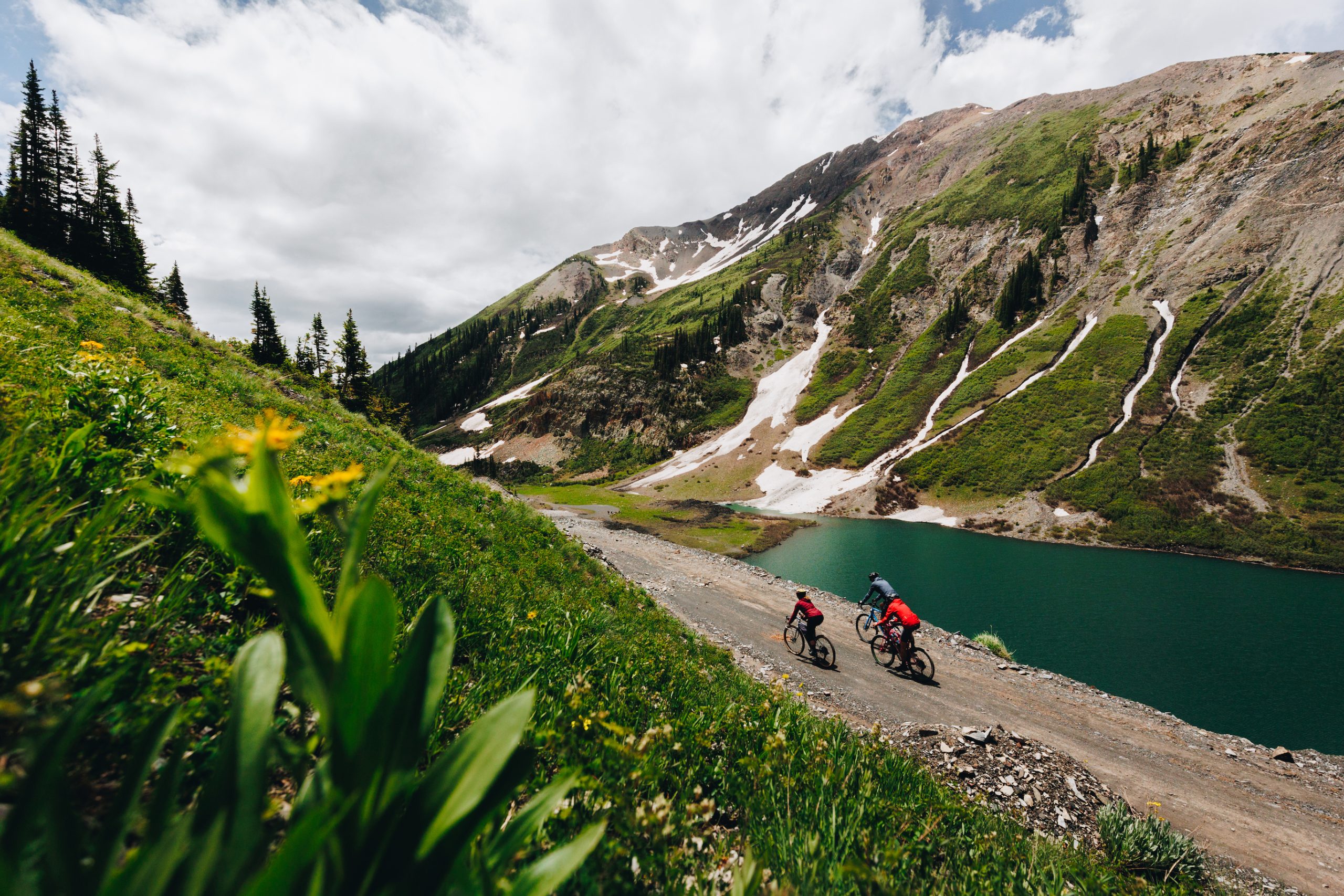
Gravel biking near Gothic
Seasoned gravel cyclists might prefer to explore the Paradise Divide Loop via bike. Starting in the town of Crested Butte, the Paradise Divide Loop is 29 miles long and quite steep in places. Bring a bike with wider tires to accommodate the road’s rough surface.
Wilderness areas near Gothic
Gothic, Colorado is part of Gunnison National Forest. Maroon Bells-Snowmass Wilderness Area, Raggeds Wilderness and the White River National Forest are all close to Gothic. Hiking to Aspen from Crested Butte is a popular hiking and backpacking route in the Maroon Bells-Snowmass Wilderness Area. Oh-Be-Joyful Trail, Dark Canyon Trail and Marble Point are three beautiful trails in the Raggeds Wilderness. The hike from Aspen to Crested Butte starts in the White River National Forest in the Maroon Bells.
Do you need permits to visit the wilderness areas near Gothic?
Backpacking from Crested Butte to Aspen in the Maroon Bells-Snowmass Wilderness Overnight Permit Zones requires an overnight camping permit. Conundrum Hot Springs is in the same overnight permit zone and also requires a permit. Day hikes do not require a permit.
What season is the best to visit Gothic?
Summer and fall are the best seasons in Gothic. Enjoy long days of hiking and biking among the wildflowers in the summer. Marvel at the golden aspens in the fall from your bike or on a scenic drive.
Gothic in the winter
Gothic Road isn’t plowed for cars in winter but there are many ways to explore the area via snowmobiling, Nordic skiing, snowshoeing and fat biking. Take advantage of the lack of cars with an out-and-back trip to Gothic. Backcountry skiers can access several epic backcountry zones via Gothic Road. If you plan to travel in avalanche terrain, please ensure you have the proper skills, knowledge and equipment to be safe.
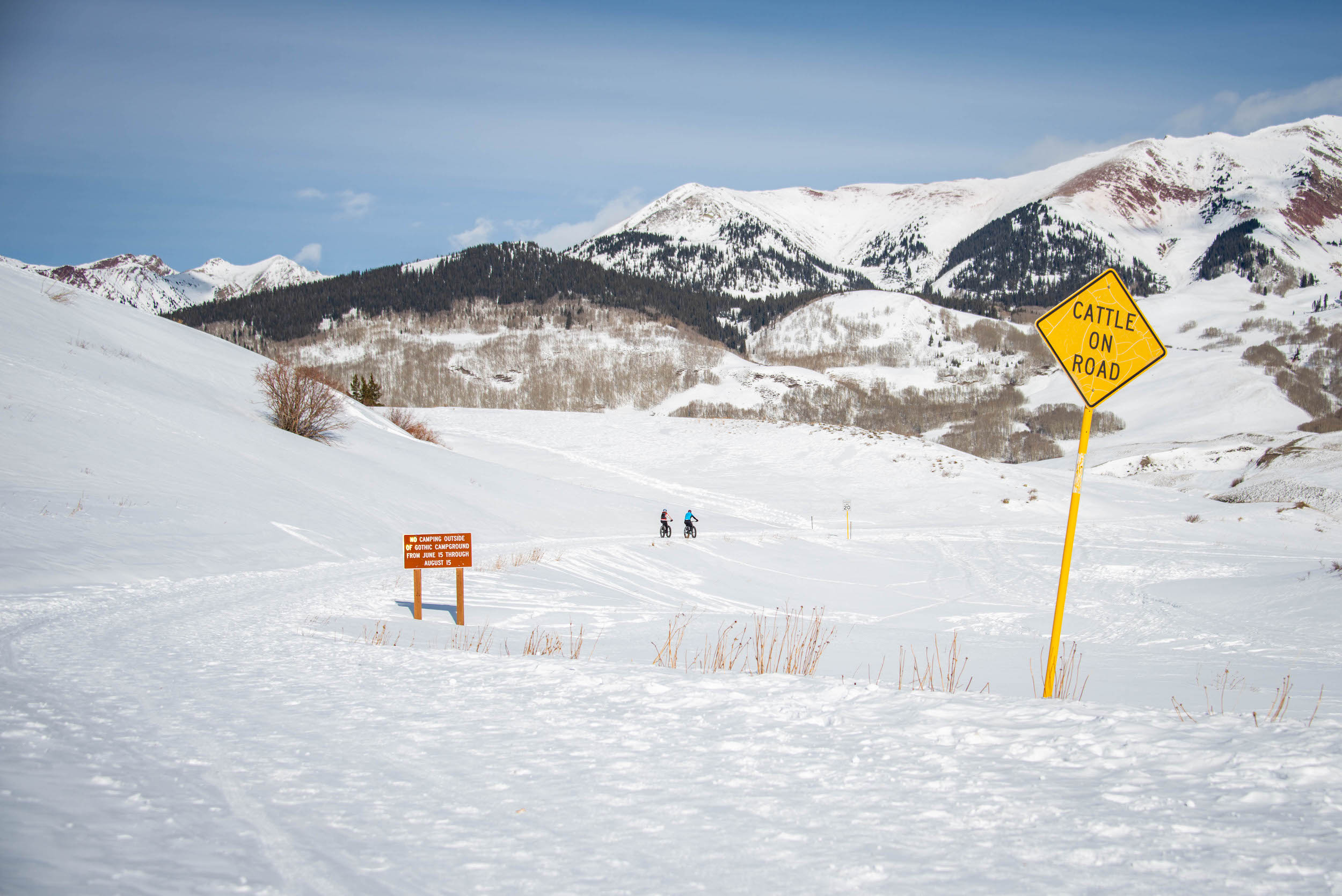
Visiting Gothic and the Gunnison Valley
Find a place to stay in Mt. Crested Butte for easy access to Gothic. Mt. Crested Butte is just three miles from Gothic. Mt. Crested Butte lodging options range from resort-style hotels equipped with spas to cabins with sweeping mountain views.
More history of the Gunnison Valley
Want to learn more about history in the Gunnison Valley? The Gunnison Valley has two history museums, a children’s museum and an observatory. Visit the Pioneer Museum in Gunnison or the Crested Butte Museum to learn more. The Pioneer Museum features original buildings from Gunnison and an impressive collection of train cars. The Crested Butte Museum has exhibits on the local history of skiing, mountain biking and more!
